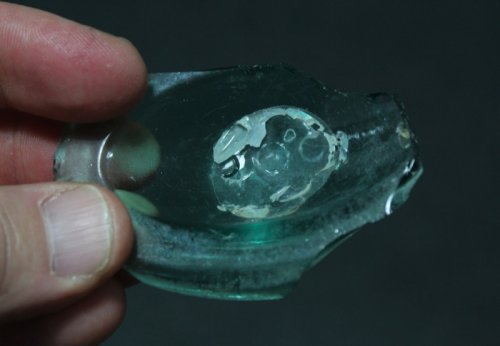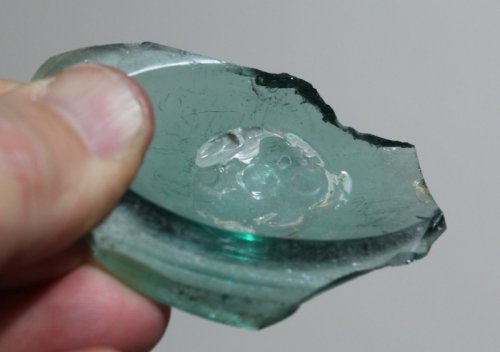tigue710
Well-Known Member
ORIGINAL: asterisk80
Beautiful cylinders and pictures, thanks for sharing. And nice dig Matt, iron pontiled too, congrats!
And I was thinking it had a british look to it. The base is different, I see that. Its not a cone shape kick up like most I see but has a more uniform deep cup type base almost... Is this what you both see as more likely American or is it the lip too?Because of the mass importation of black glass here from Britain most of it is chalked of as British with very little to define what could possibly be made here excepting for unique shapes that are absolutely American.
I see some differences that I could possibly say remind me of American glass, but I would of probably chalked it off as British... The base is not the typical cone shape like you also noticed, it could be American, Idk... There are a few forms I could confidently call American and its not one of them... but its not really my area either. I think Jerry might have a better idea then I do with that one. I'm into the strait sided New England and glass works whiskey cylinders, I've been compiling information on them for a long time now... Outside of those I haven't put a lot of research into other cylinder types.
didnt get a chance to take pics today, busy busy!




